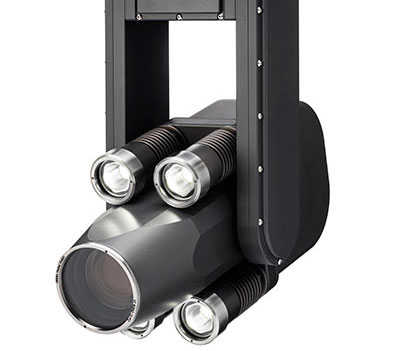Optimised non-browning lenses for CMOS sensors.
 Many applications in nuclear plants and reprocessing facilities incorporate remote monitoring cameras to assist in ensuring safe and productive operation. There are two main types of radiation tolerant CCTV technology used in the nuclear industry, tube cameras based on cathode ray tube technology and digital devices using CMOS (complementary metal-oxide semiconductor) sensors.
Many applications in nuclear plants and reprocessing facilities incorporate remote monitoring cameras to assist in ensuring safe and productive operation. There are two main types of radiation tolerant CCTV technology used in the nuclear industry, tube cameras based on cathode ray tube technology and digital devices using CMOS (complementary metal-oxide semiconductor) sensors.
As their availability has decreased – cathode ray tubes have become increasingly more expensive, prompting more manufacturers of radiation tolerant cameras to turn towards CMOS sensors. Although CMOS sensors do not offer the same level of radiation tolerance as tube cameras, they have much higher resolution as well as the ability to provide colour images.
To take advantage of these benefits, nuclear camera developers required a next generation non-browning lens that offered high resolution, high performance, and colour images to match the performance of their CMOS sensor.
Designed specifically for use with colour CMOS cameras in high radiation environments, our Model 357 lens range provide true high definition (HD) quality images over a 10x zoom range. Incorporating specialised non browning glasses – Model 357 lenses produce clear sharp images free of the strong yellow tint that has traditionally been a limiting issue when using radiation tolerant lenses on colour sensors. The glass used in these lenses can withstand long-term exposure to radiation up to an accumulative dose of one hundred million Rad and temperatures up to 85°C without loss of transmission.
Operating at f/3.6, a two-third inch format version of the Model 357 lens provides high image resolution and minimum geometric distortion from 400 to 770nm and can image objects from 1300mm to infinity. This Model 357-004 is a tracking zoom lens, meaning that once it has been set up, it will maintain focus throughout the entire zoom range. Offering full motorised control of zoom, iris and focusing this robust zoom lens design can be adapted to deliver the full potential of nuclear CMOS sensors.
To read case study, click here.
